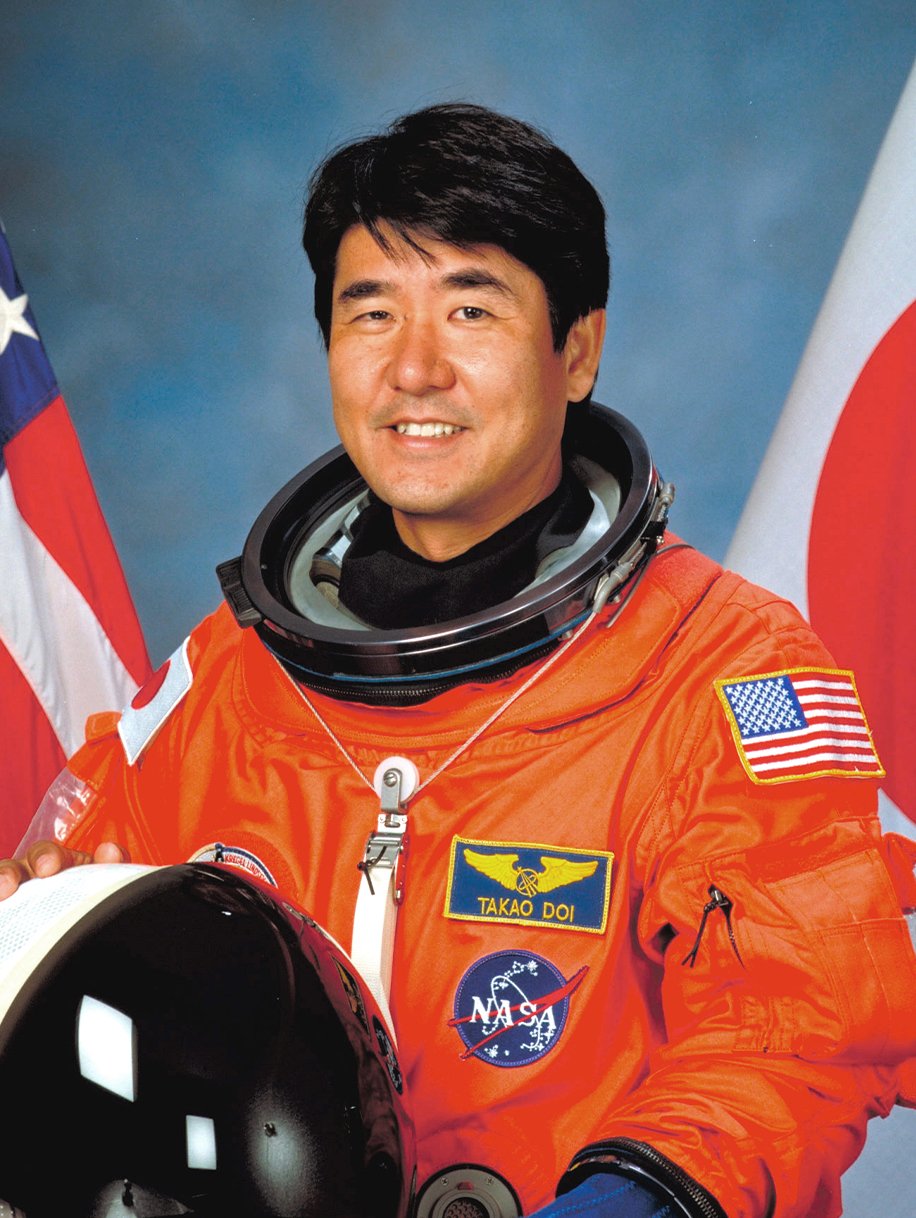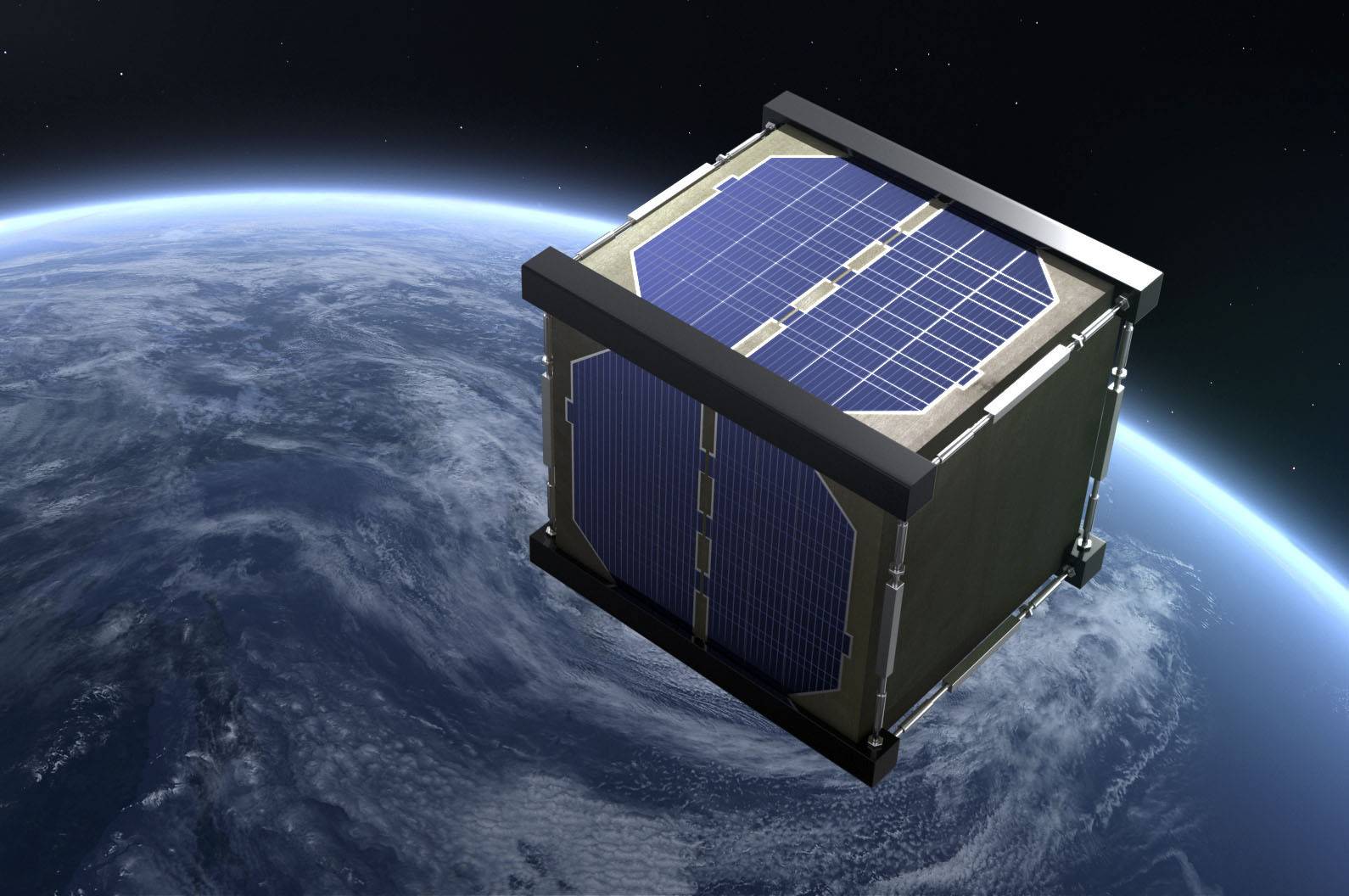While Japan plans the launch of the world’s first wooden satellite, China and Russia prepare for a joint moon base mission.
As a country that has led the way in terms of futuristic technological advancement, Japan is currently working on its next big space project which involves building and launching the world’s first wooden satellite. With the launch planned for 2023, the development team aims to incorporate environmental friendliness into the design by building the satellite partially out of wood.
According to the design team comprised of Kyoto University and Sumitomo Forestry Co., a satellite whose exterior is made of wood will burn up upon re-entering the Earth’s atmosphere after the end of its operation, creating less of an environmental impact.
Additionally, using wood is a much cheaper but still effective alternative to aluminium that is the conventional choice of material for spacecraft in general. Seeing as electromagnetic waves can penetrate wood easily, the satellite can hold an antenna inside the craft.
Both Kyoto University and the Tokyo-based wood product company will be testing the durability of wood in space from next month by using an extravehicular experimental apparatus at the International Space Station.
Designed to look like a cube, the satellite’s 10-centimetre sides will be covered in wood and solar cells with an electronic substrate on the inside.

The team, led by Japan Aerospace Exploration Agency astronaut Takao Doi, plans to attach to the apparatus wooden sheets with varying hardness, taken from several tree species. The sheets will remain exposed in outer space for about nine months to check their deterioration. Doi was the first Japanese astronaut to take part in extravehicular activities when he boarded the space shuttle Columbia in 1997.
CHINA AND RUSSIA TEAM UP TO FORM JOINT MOON BASE
China and Russia, meanwhile, are charging full steam ahead with their plan to set up a joint moon base by 2027, some eight years earlier than originally planned. The moon base will be known as the International Lunar Research Station (ILRS) and will hold a complex of experimental research facilities designed for multiple scientific activities, such as moon exploration, moon-based observation, research experiments, and technology verification.
As a first step, China plans to launch the Chang’e 8 lunar exploration mission to establish the importance of the ILRS. The Chang’e 8 mission is expected to test technology that uses local resources and manufacturing with 3D printing.
It’s not hard to miss how China and Russia’s joint moon base plans came into existence after their very intentional exclusion from the US Artemis Accords, which was created to establish principles, guidelines, and best practices for space exploration for the US and its partners. Seeing how the Artemis Program places the US as the first nation to establish a long-term lunar presence, the ILRS will now fight for the same recognition in space exploration.

China has been forced to be self-reliant with their space program after the US barred them from participating in joint space programmes with the introduction of the Wolf Amendment in 2011, which prohibits NASA from cooperating with China without special approval from Congress.
China’s response was to build its own Tiangong space station, which is aimed to be completed by the end of 2022.
Russia on the other hand, has refused to sign the Artemis Accords, citing that the initiative was too US-centric. Despite their refusal to sign the Artemis Accords, Russia and the US have still maintained constructive engagement in regards to space cooperation.
Complete success of the joint venture between China and Russia remains to be seen, due to the politically volatile nature of both countries. Although grievances with the US may have caused Russia to form de facto alliances with China, Russia will not be happy to take second place in this new agreement given their proud history with space exploration.
Despite all the political differences, along with economic and military factors, it’s not hard to see why China, Russia, and the US are fuelling the race to establish a long-term lunar base, at least one reason which is to showcase each country’s technological superiority.
It is also important to note that the moon is believed to have significant reserves of silicon, rare earth metals, titanium, aluminum, water, precious metals, and Helium-3, and the technologies developed for a long-term lunar presence may eventually find regular commercial use.
"ExpatGo welcomes and encourages comments, input, and divergent opinions. However, we kindly request that you use suitable language in your comments, and refrain from any sort of personal attack, hate speech, or disparaging rhetoric. Comments not in line with this are subject to removal from the site. "























